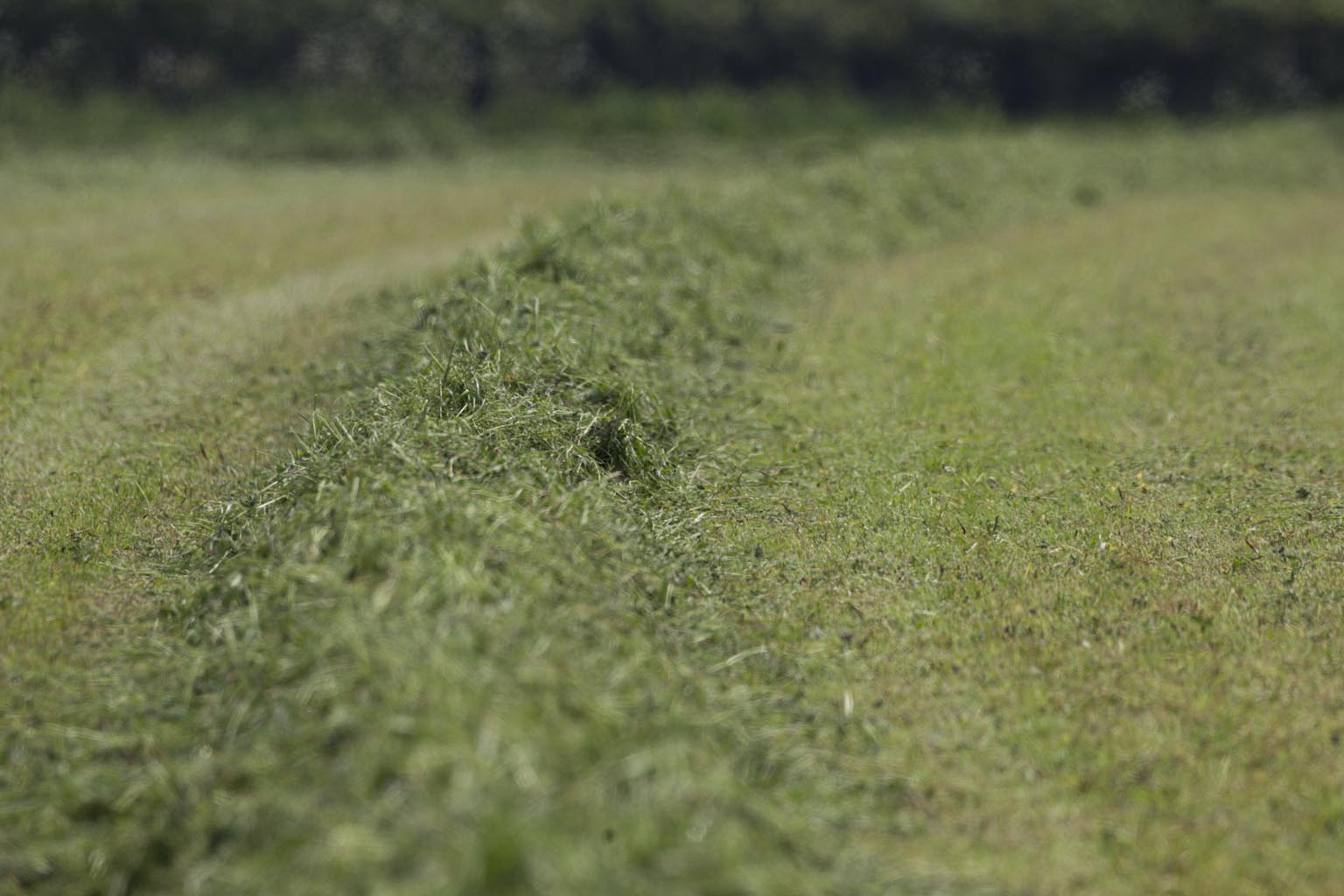- Home
- Knowledge library
- How to sample grass before cutting for silage
How to sample grass before cutting for silage
This article looks at how to sample grass before cutting for silage.
The benefits of grass sampling include:
- Understanding of grass quality
- Plan for silage fermentation and silage quality
- Helps planning for grass and forage throughout the grazing season
- Optimise feed value and livestock productivity
Taking a grass sample is easy and simple
- Early afternoon is the best time to take a grass sample – grass is at its peak sugar content
- Take a representative sample from across the field
- Cut the grass with scissors at the same height you will mow it for silage
- Mix the grass sample to distribute the grass leaf and stem evenly
- Use a freezer bag to store the grass – squeeze the air out and wrap tightly with elastic bands to keep it airtight
How to analyse a grass sample
Send to a laboratory for testing
Many companies offer grass testing services and provide information on sugar content, nitrate nitrogen, dry matter, crude protein and fibre. See our resource to find a forage testing company. If you send a sample to a laboratory and cannot send it straightaway, store the grass in the airtight bag in the fridge overnight.
Laboratory analysis can be highly accurate, although sugar and nitrate-nitrogen levels may not be as accurate due to the deterioration of fresh grass quality before the grass sample gets to the lab.
Analysing grass at home
There are some analyses you can do at home for a quick result. These include:
- Dry matter (DM)., a microwave can be used to measure DM.
- Measure sugar in grass using a refractometer. Watch this video on Using a refractometer to measure sugar in grass before cutting. Aim for a Brix score of 3% fresh matter.
- Nitrate nitrogen. Measure using a nitrate meter or using nitrate sticks. Watch this video on How to do nitrate strip test for grass silage. Aim for a score below 0.15% fresh matter.
Targets for a good grass sample
|
Target |
Impact |
|
|
Dry matter (DM) |
28–32% |
Improved feed quality |
|
Crude protein (CP) |
16% |
Improved feed quality |
|
Water soluble carbohydrate (sugars and fructans) |
3% Fresh matter |
Improved fermentation of silage |
|
Nitrate nitrogen |
Below 0.15% Fresh matter |
Improved fermentation of silage |
See our webinar 2021 – The year for successful silage.
Useful link: Making grass silage for Better Returns

Topics:
Sectors:
Tags:

